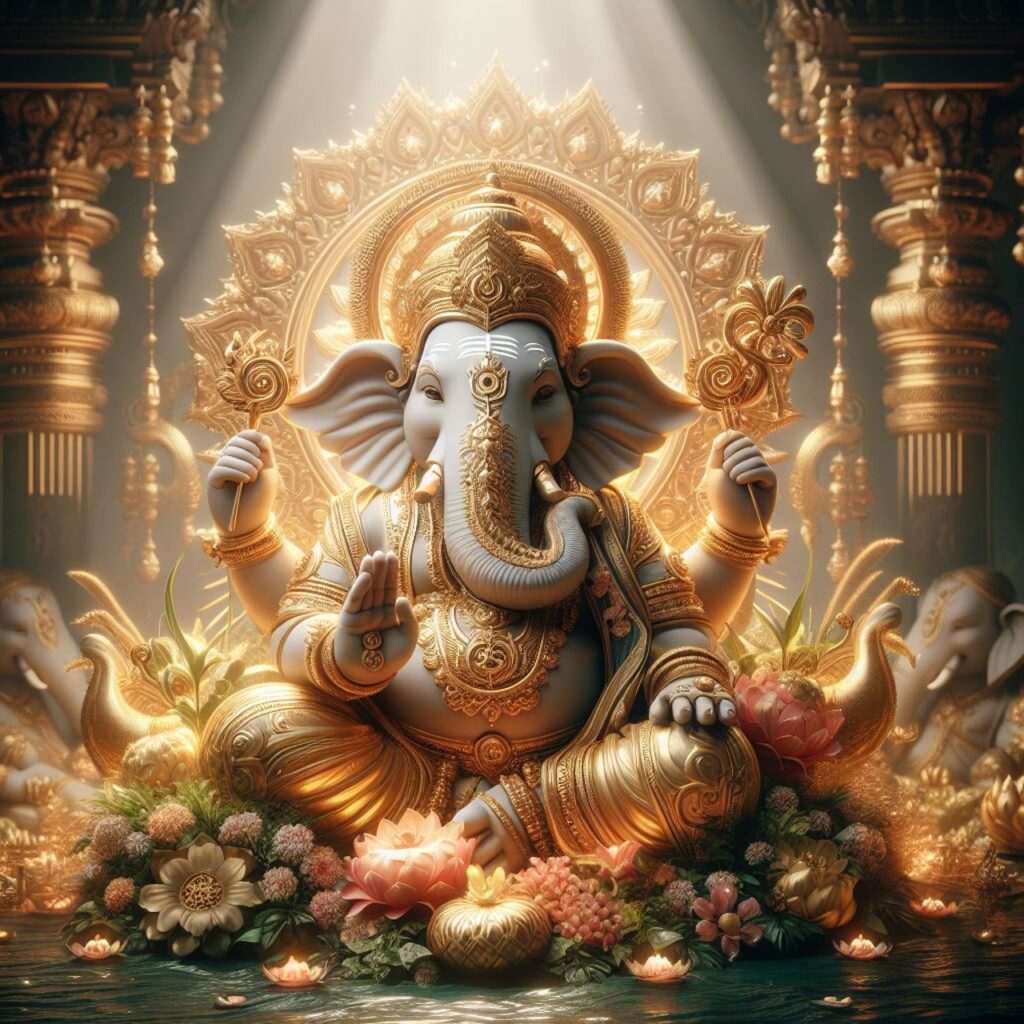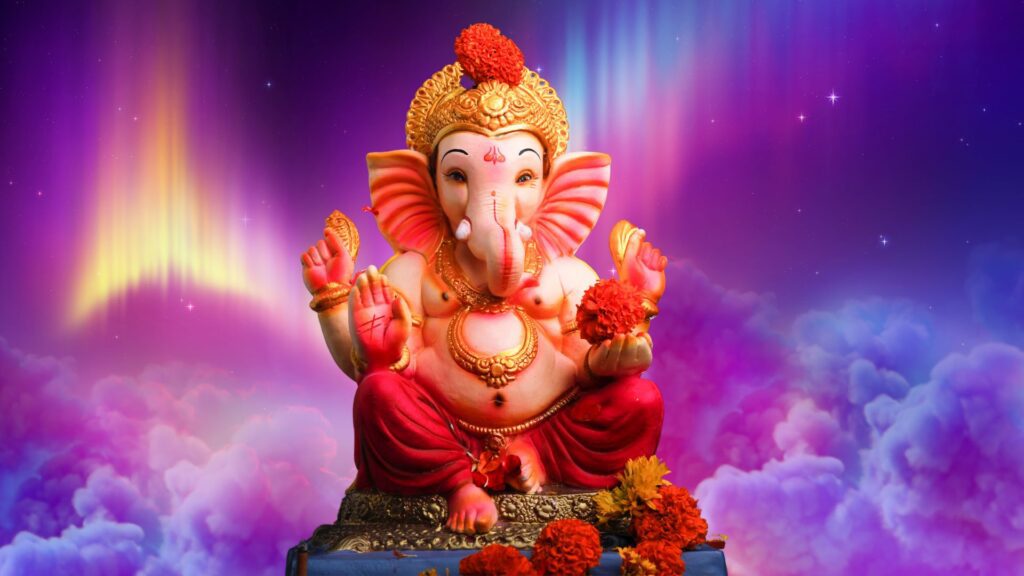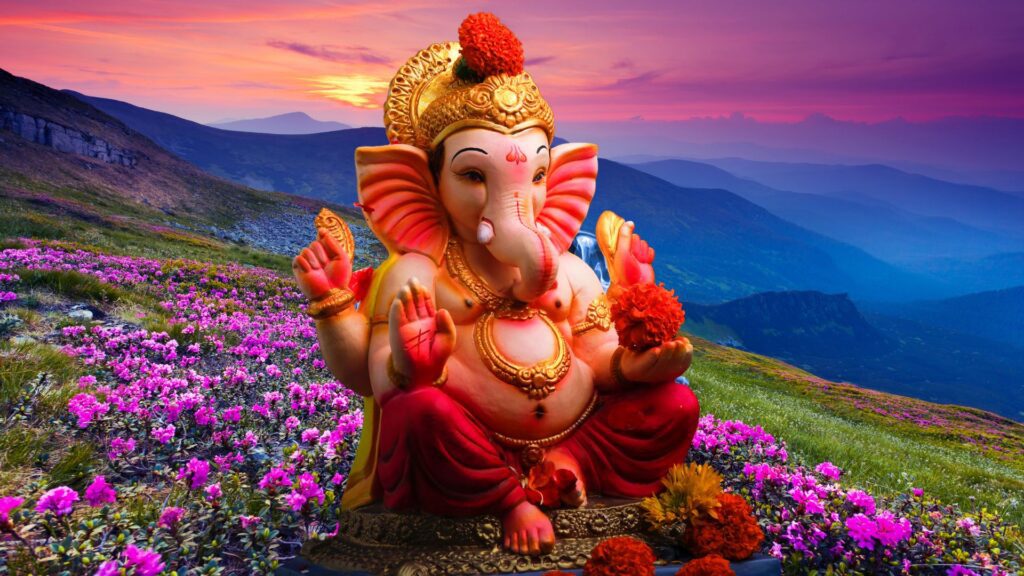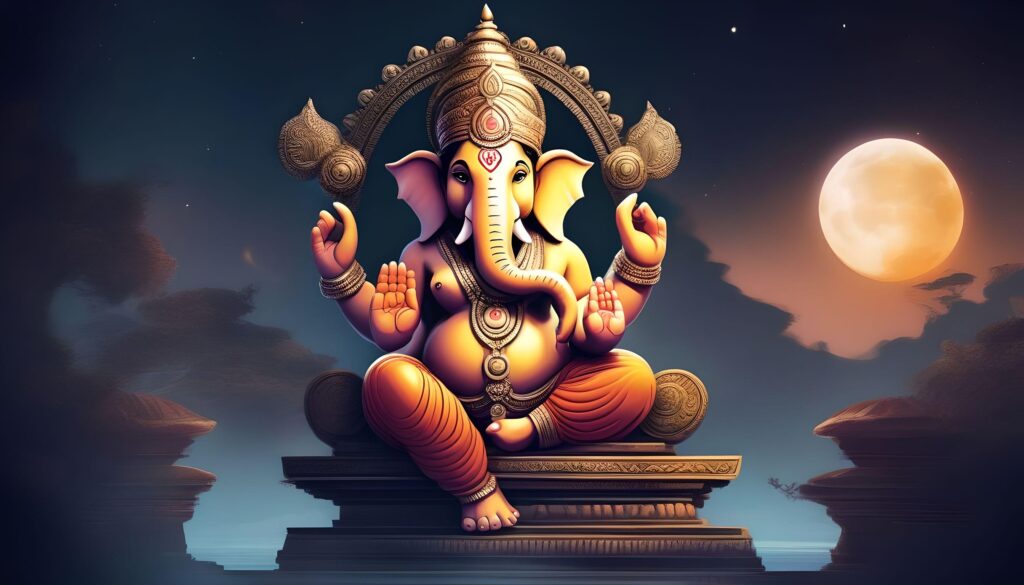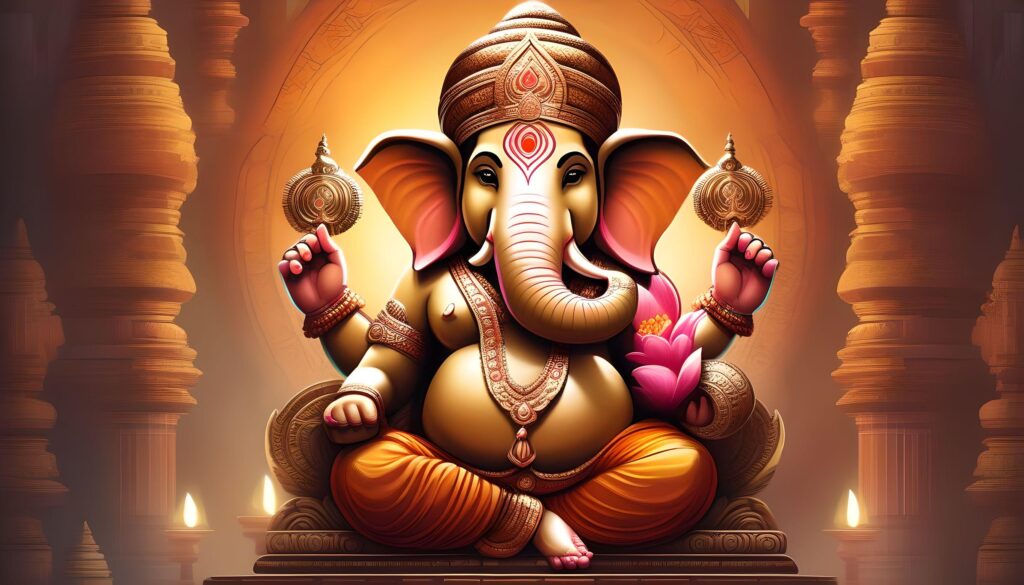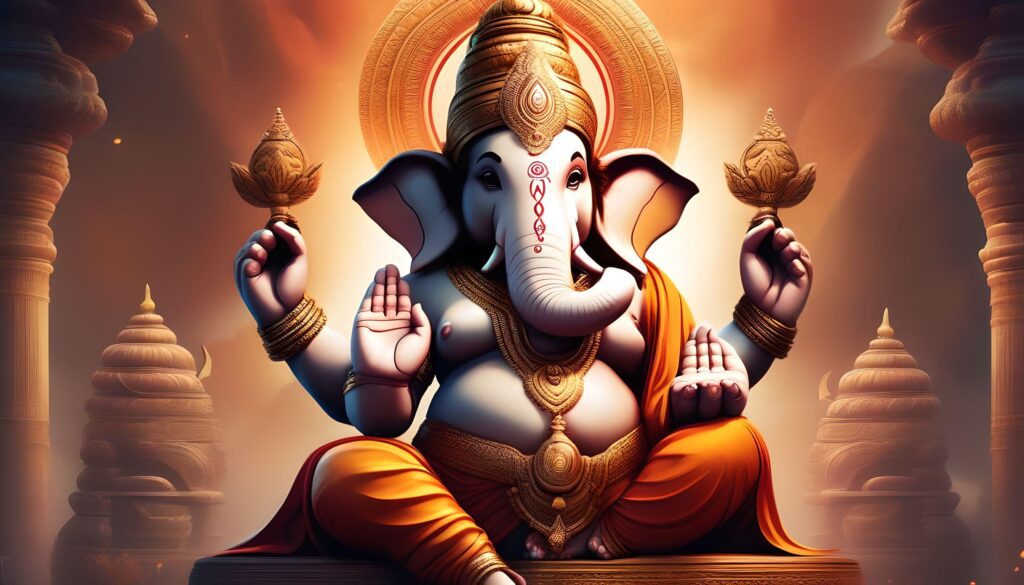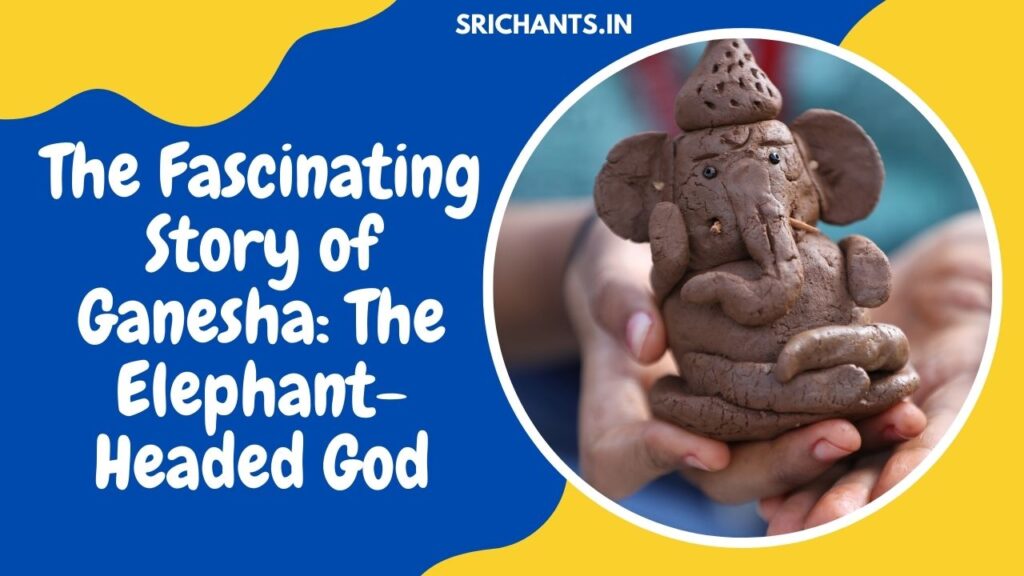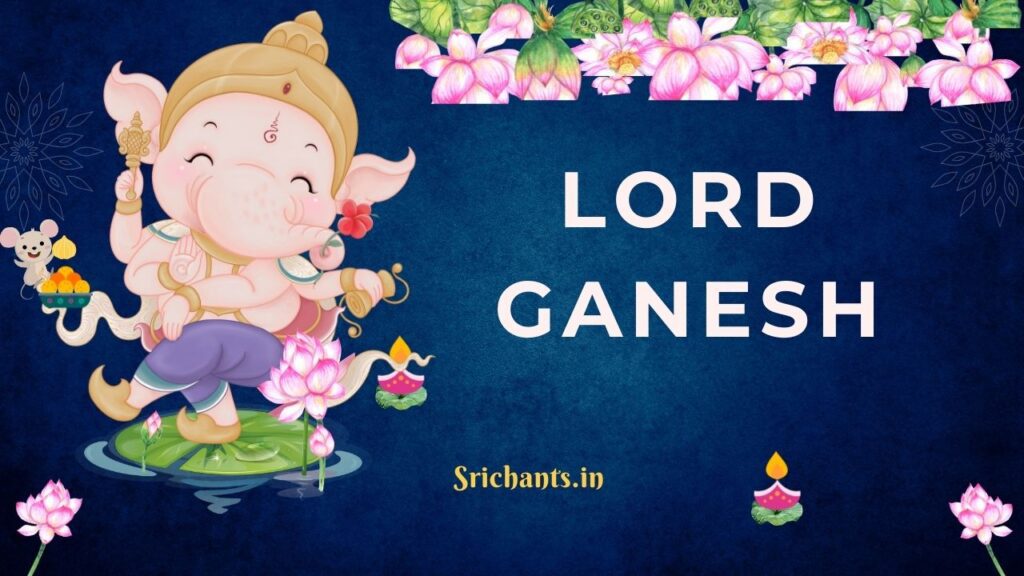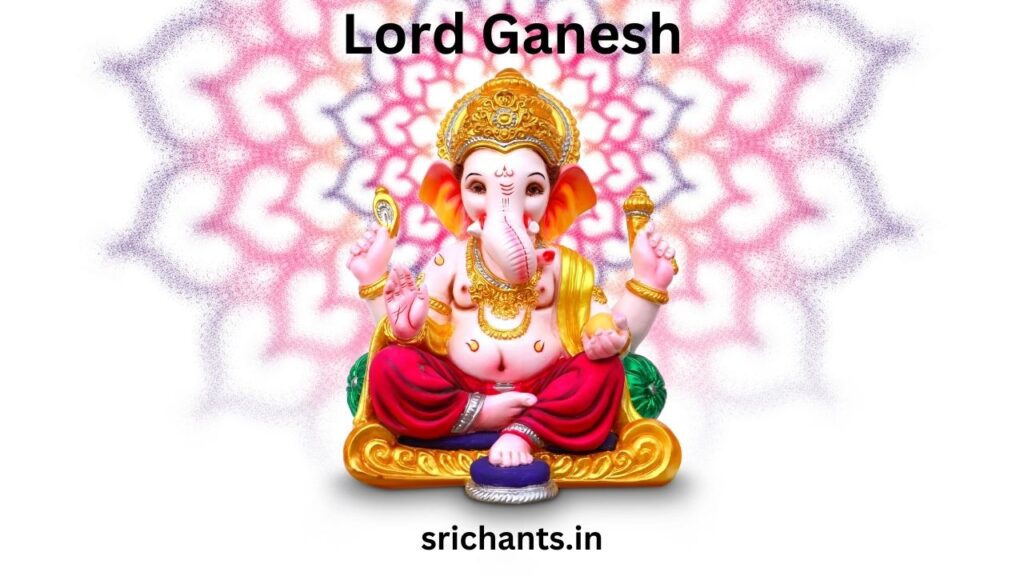Ganesh Chaturthi Puja Vidhi: A Comprehensive Guide to Worship Lord Ganesha
Introduction
Ganesh Chaturthi , alternatively referred to as Vinayaka Chaturthi, is a highly esteemed Hindu festival commemorating the advent of Lord Ganesha, the cherished deity with an elephant head. On this momentous occasion, Ganesha idols are ceremoniously installed in residences and public areas, and an elaborate puja ceremony called Shodashopachara Puja ensues. This all-encompassing manual explores the minute intricacies of this sacred ritual, enabling followers to pay homage to Lord Ganesha with the highest regard and accuracy.
The Significance of Shodashopachara Puja
The sixteen-step ritual, also known as Shodashopachara Puja, is an ancient practice that entails the utmost veneration of the celestial Ganesha. The comprehensive nature of this worship style emphasizes the deep veneration and allegiance that followers have for the deity who eliminates challenges and grants insight and affluence. Through the careful execution of every stage of the Shodashopachara Puja, followers aim to solicit the benevolence of Lord Ganesha, thereby extending an invitation for him to dwell within the consecrated image and bestow his transcendent favor upon their existence.
Preparing for the Puja
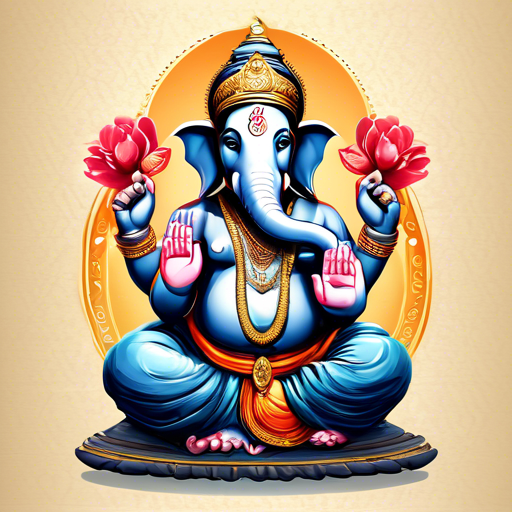
Prior to commencing the Shodashopachara Puja, it is imperative that devotees verify that they possess every essential ritual item. Incense sticks, red flowers, Durva grass, Modak (a delicious offering), coconut, red sandalwood paste, and a clay or metal Ganesha idol are among these auspicious objects. In addition, the preparations include securing a pristine designated area for the pooja, organizing the offerings in a systematic fashion, and setting it up.
The Shodashopachara Puja Ritual
The Shodashopachara Puja is an all-encompassing ceremonial practice comprising sixteen discrete stages, every of which carries its own set of mantras and significance. We shall now explore the complex intricacies of this momentous ceremony:
1. Avahana (Invocation)
The puja commences with the Avahana, which is a Lord Ganesha invocation. To attract the divine presence of the elephant-headed deity and extend a warm greeting to him within the puja space, devotees recite particular mantras.
2. Asana Samarpana (Offering of the Seat)
Following the invocation, followers present an Asana, which signifies a seat, to Lord Ganesha, representing their deep veneration and intention to furnish him with a comfortable abode throughout the puja.
3. Padya (Offering of Water for Feet)
The subsequent action entails the presentation of Padya, which is water, in order to cleanse the feet of Lord Ganesha, thereby symbolizing the devotee’s mental and physical purification.
4. Arghya (Offering of Scented Water)
Following this, devotees present Lord Ganesha with Arghya, a concoction of fragrant water, as a token of reverence for this potent libation.
5. Achamana (Sipping of Water)
Devotees perform the Achamana ritual by presenting Lord Ganesha with a small drink of water, which represents the rectification of the intellect and the senses.
6. Snana (Sacred Bath)
The Ganesha idol is bathed in a variety of auspicious substances during the Snana, or sacred bath. These substances include Panchamrita (a mixture of milk, curd, ghee, honey, and sugar), milk, curd, ghee, honey, and purified water.
7. Vastra and Uttariya Samarpana (Offering of Clothes)
Following this, devotees present Uttariya, an upper garment, and Vastra, which are fresh garments, to the Ganesha idol, representing their aspiration to bestow upon the divinity the most opulent attire.
8. Yajnopavita Samarpana (Offering of the Sacred Thread)
Sacred thread, or Yajnopavita,—presented to Lord Ganesha—signifies the devotion of the devotee to preserving the tenets of dharma.
9. Gandha (Offering of Fragrance)
Following this, devotees adorn the idol with Gandha, which is aromatic sandalwood paste, thereby imbuing the puja area with a sacred fragrance bestowed by Lord Ganesha.
10. Akshata (Offering of Unbroken Rice)
Unbroken rice, or Akshata, is presented to Lord Ganesha as a symbolic representation of good fortune and affluence.
11. Pushpa, Shami Patra, Durva, and Sindoor (Floral and Other Offerings)
During this phase, devoted individuals present the Ganesha idol with a garb of vermilion (Sindoor), Shami leaves, Durva grass, and blossoms (Pushpa Mala), each of which holds a unique symbolic importance.
12. Dhupa (Offering of Incense)
As the Dhupa, or incense, is ignited and presented to Lord Ganesha, an enticing aroma permeates the puja area.
13. Dipa (Offering of the Lamp)
Subsequently, faithful individuals offer the Dipa, which represents the illuminating of the devotee’s spiritual voyage, to Lord Ganesha as a symbol of the banishing of darkness.
14. Naivedya and Karodvartan (Offering of Food and Sandalwood Paste)
In addition to the food offering, the Naivedya, Lord Ganesha receives the Karodvartan, a water-and-sandalwood paste mixture utilized for anointing the hands of the deity.
15. Tambula, Narikela, and Dakshina (Betel Leaves, Coconut, and Monetary Offering)
In pursuit of Lord Ganesha’s ongoing protection and benediction, devotees subsequently present Tambula (coconut and betel nuts), Narikela (coconut), and Dakshina (daily currency).
16. Neerajan and Visarjan (Aarti and Immersion)
Subsequent to the Neerajan, which entails the adoration of the sacred lamp, the Ganesha idol is submerged in a body of water during the Visarjan, which signifies the deity’s reestablishment in his celestial dwelling.
The Significance of the Shodashopachara Puja
The Shodashopachara Puja is an elaborate ritual that possesses profound symbolic significance and is firmly grounded in Hindu philosophy and tradition. The act of invoking and installing the Ganesha idol symbolizes the sincere intention of the devotee to obtain the divine presence’s entrance into their existence. The garments, bathing rites, and aromatic anointments symbolize the devotion of the devotee as well as their aspiration to cleanse themselves of impurity, which extends to the idol as well.
The monetary donations, food offerings, and betel leaves represent the devotee’s readiness to relinquish their material possessions in order to pursue the Lord’s bounties. The ultimate immersion ceremony serves as a symbolic representation of the transient quality of the divine persona and the devotee’s comprehension that Lord Ganesha’s eternal dwelling is in their inner beings.
Conclusion
The Shodashopachara Puja is an axiomatic ceremony that embodies the deepest devotion and spirituality of the Hindu faith. Through the scrupulous execution of every stage of this ritual, followers not only pay homage to Lord Ganesha, but also foster a profound affinity with the celestial, perpetually beseeching his benevolence, safeguarding, and counsel. This all-encompassing manual has revealed the magnificence and importance of this sacred observance, enabling followers to commence a profound voyage of devotion, faith, and spiritual development.
#pujavidhi #ganeschaturthi #mumbai #Worship #Shodashopachara #puja

